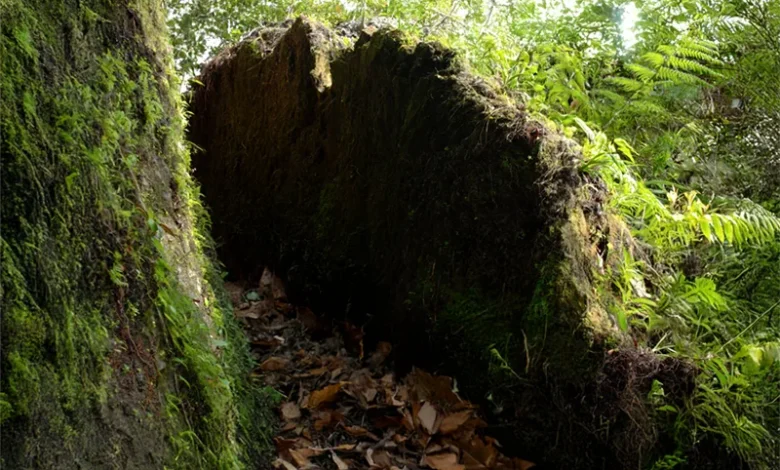Old Slave Route

The Old Slave Route in the village of Soufrière is a historically significant trail forming part of Segment #2 of the Waitukubuli National Trail, stretching from Soufrière Estate to Bellevue Chopin. This trail offers a vivid reminder of the era of slavery in Dominica, where enslaved Africans used this route to work on plantations. Today, it is a cultural and historical site for reflection, education, and exploration.
Old Slave Route Historical Significance
The Old Slave Route is rooted in Dominica’s colonial history, where it served as a pathway for enslaved Africans laboring on nearby estates, including the Bois Cotlette Estate. The route traverses areas of Maroon history, highlighting the resilience and resistance of enslaved people who sought freedom in Dominica’s rugged landscape. Visitors can explore remnants of plantation infrastructure and historic buildings, gaining insight into plantation society and the hardships endured during this period.
Natural Features and Attractions
The trail is surrounded by breathtaking landscapes, including the Soufrière Sulphur Springs, Toloulou Valley, Crabler Plateau, and Morne Kwabier Plateau. Hiking along these landmarks offer opportunities to explore geothermal areas, lush rainforests, and valleys rich in biodiversity. Along the route, visitors can observe local wildlife such as Agoutis, the Sisserou Parrot, and vibrant tropical flora, including orchids and bromeliads. The trail’s natural beauty complements its historical importance, creating a unique experience for adventurers and history enthusiasts alike.
The Forestry, Wildlife and Parks Division, along with the Waitukubuli National Trail Management Unit, manages the trail, ensuring its preservation and promoting sustainable tourism.




